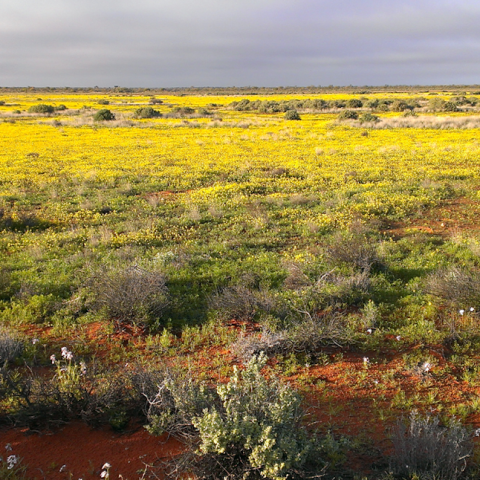I’m fascinated to share my journey. I moved to Baffin Island, Canada, at just four years old. Living among the Inuit, I spent my days exploring the breathtaking sea ice and learning about the wildlife. The Inuit taught me invaluable skills, like reading the ice and respecting nature. These lessons have stayed with me, shaping my life and career.
Looking around today, the world seems so different. We have access to vast amounts of information, yet misinformation spreads like wildfire. This confusion can lead to delays in action and a loss of trust in science. In conservation, how we interpret information affects the survival of species, including polar bears.
Many experts agree that polar bears face serious threats as their habitat shrinks. Healthy sea ice is crucial for their hunting of seals during winter. Unfortunately, the Arctic is warming four times faster than other areas. This year, Arctic sea ice reached a record low, affecting polar bear health, body size, and reproduction.
Polar bears aren’t just victims of climate change; they’re also trophy hunted. Many might not realize that this hunting isn’t for food, but for sport, with the skins sold internationally. To me, these majestic animals are much more than mere statistics or trophies. They are essential to our ecosystem and demand our respect.
Throughout my life, I’ve had countless interactions with polar bears. I’ve been a guide in Churchill, Manitoba, where these bears gather each fall. My experiences with them have shown me the deep ties between the Inuit people and polar bears. For the Inuit, these creatures hold cultural significance and symbolize survival.
In 1973, countries including the U.S., Canada, and Norway signed a pact to protect polar bears by banning commercial hunting. However, Canada found a loophole that allows for trophy hunting under traditional hunting exceptions. This has turned polar bears into luxury items, with wealthy hunters coming from abroad. Over time, polar bears have shifted from being part of a subsistence lifestyle to becoming commodities.
One particularly haunting image from 2017 showed a starving polar bear, a stark reminder of their plight. While climate change may be a significant factor, questions linger about whether hunters have contributed to their suffering. A poorly aimed shot could lead to injury and slow starvation, showcasing the impact of human activity on these vulnerable creatures.
Shifting our focus to the politics surrounding polar bears, it’s striking that commercial trade has continued despite the growing risks. Investigations reveal that political maneuvering and selective data have upheld the trade over the years. Polar bears inhabit challenging environments, making comprehensive research difficult. Thus, population data is often uncertain, allowing stakeholders to interpret findings to suit their agendas.
In recent years, proposals for stronger protections under the Convention on International Trade in Endangered Species (CITES) have been met with resistance, particularly from Canada, which argued that polar bears aren’t at risk of extinction. As a result, polar bears remain unprotected, despite a lack of consensus within the scientific community regarding their vulnerability.
Evidence shows that loss of sea ice and declining health are pressing issues for polar bear populations. More than 90 environmental organizations advocate for stronger protections, emphasizing that even a lack of certainty shouldn’t stall action.
Additionally, commercial hunting may not be the biggest threat, but it adds unnecessary pressure. Targeting the strongest bears could destabilize the population, leading us closer to disaster.
Many frame the fur trade as an Indigenous rights issue. However, it’s important to distinguish between subsistence hunting and commercial trade. Listing polar bears under Appendix I wouldn’t violate Indigenous rights; it would merely restrict international trade.
Furthermore, the benefits of the fur trade often flow to a small group rather than entire communities, suggesting alternative livelihoods could be more beneficial. Ecotourism presents a promising opportunity, allowing communities to thrive by promoting living bears over dead ones.
Polar bears lived right in my backyard. Their fate is tied to decisions made far from their icy home. As we approach an upcoming CITES meeting, it’s disheartening that polar bears won’t even be on the agenda. Yet, the discussions that will take place are critical. They decide whether we continue to commodify endangered species amid the Earth’s ongoing crisis.
In a world where our choices impact even the most remote places, it’s vital we advocate for polar bears and all endangered species.
Source link
Polar Bears, Indigenous Peoples, Cristina Mittermeier, Inuit hunters






















